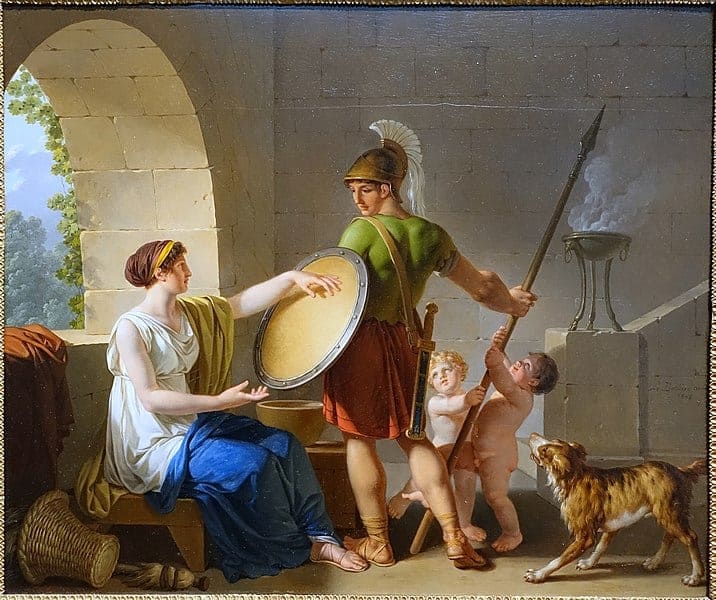The ancient city-states of Greece faced many problems shared with modern society. One of these was the limited availability of resources. The city-states all developed agricultural economies. Agriculture requires land, and there were limited opportunities for expansion, beyond war and conquest. Successful conquest brought with it additional mouths to feed. It became apparent to philosophical and political leaders that limiting the growth of the population to what could be comfortably supported by the available resources was an obligation of the state.

Both Plato and Aristotle argued the state’s duty to ensure the success of society by controlling the growth of the population. Up to 2,000 ancient city-states existed at different times in Ancient Greece, most of them long forgotten by all but the most devoted scholars of the ancient world. Several formed into leagues, which preceded the most well-known of the city-states today. Many of them warred with each other, and with Macedon and Rome. Nearly all of them practiced some form of population control. Here are some of the ways the city-states of Ancient Greece and the Roman Republic and the Empire practiced population control to ensure their longevity and the welfare of their citizens.
1. Ancient Greece was not as democratic as most belief

It was widely believed, and rightly so, that Athens gave democratic government to posterity. It was the world’s first known democratic form of government, but it was a limited democracy. The poorest citizens of Athens were not allowed to participate. Nor were slaves or former slaves. Slavery was rife in Athens, as it was in all of the Greek city-states, and slaves were owned by both individuals and by the state itself. Slaves were not allowed to marry without permission of their owner. Nor were they allowed to have children, unless they received permission. Controlling the behavior of slaves was a form of population control practiced by the state.
Both the state and individual owners could grant their slaves their freedom, and often manumission was promised to provide an incentive for harder work. The freed slaves were not granted a path to citizenship, and former slaves were not allowed to participate in the democratic process. Former slaves remained non-citizens, and relocation to another city did not alter their status. Following the development of democracy in Athens several other Greek city-states adopted similar governments and policies toward non-citizens, all of them restricting certain liberties among the lowest classes of society.

